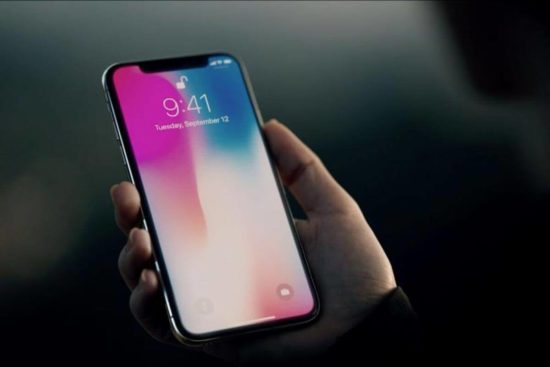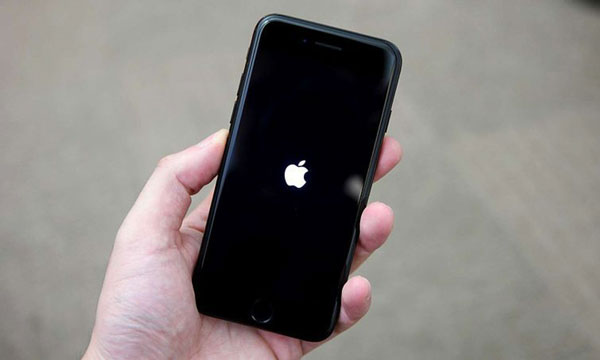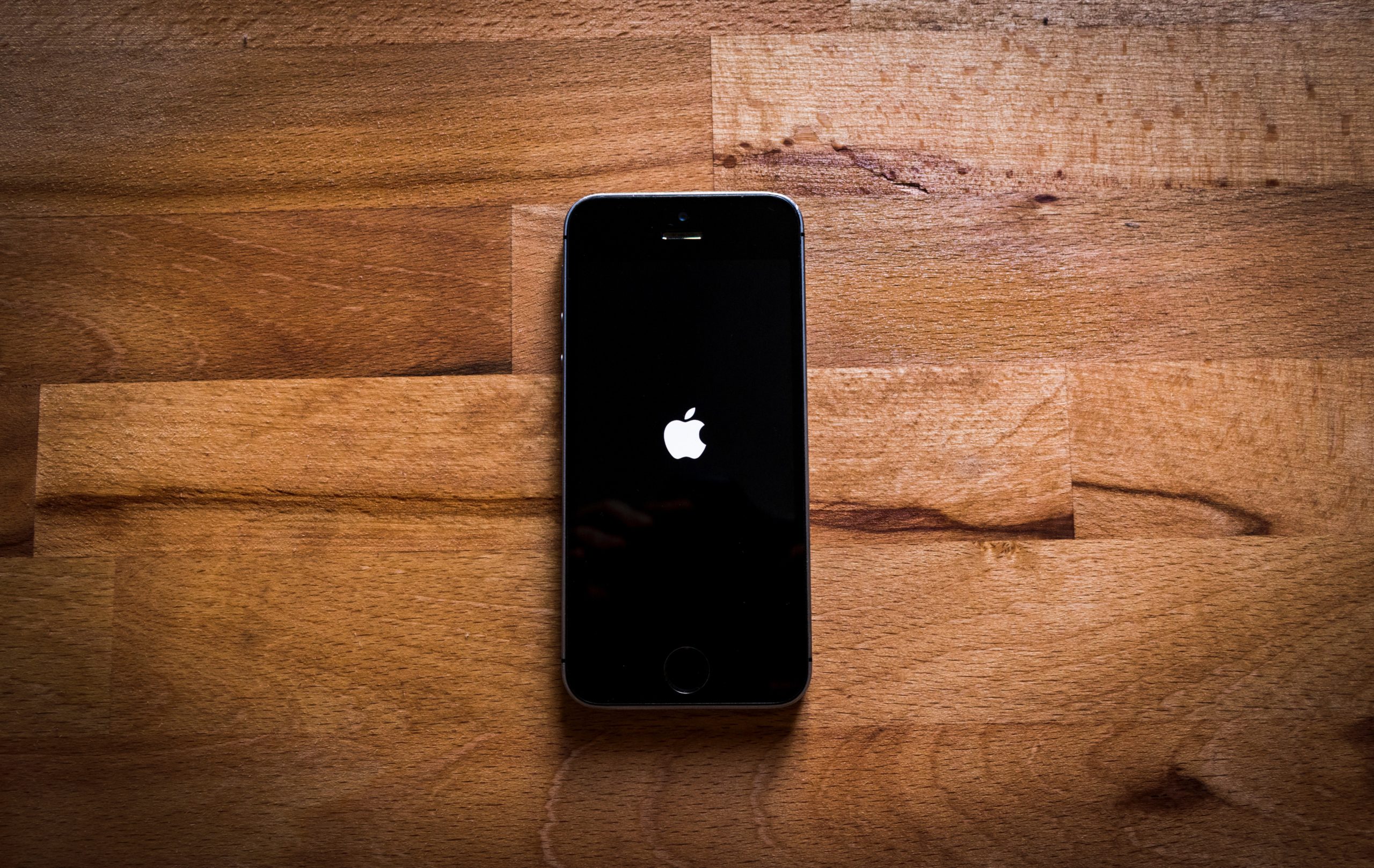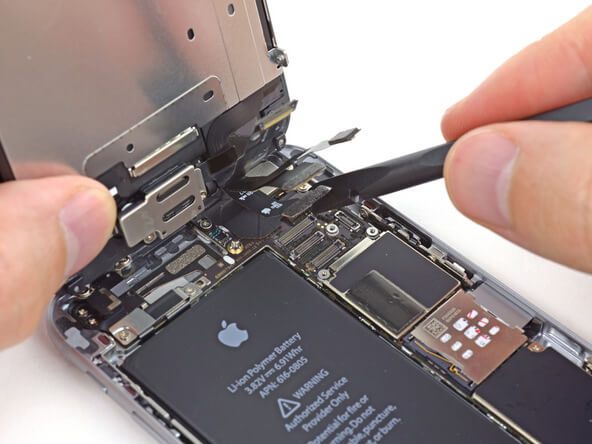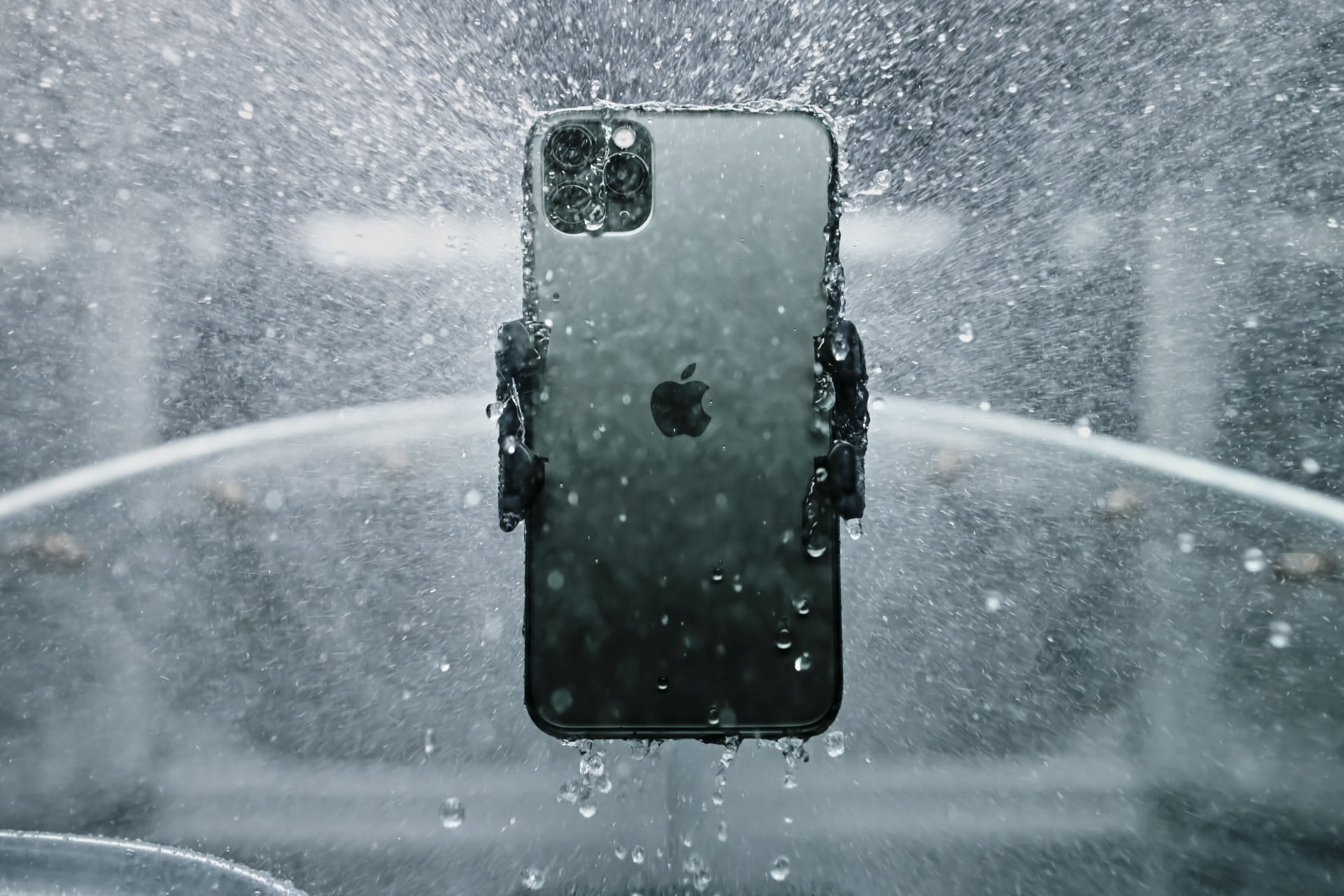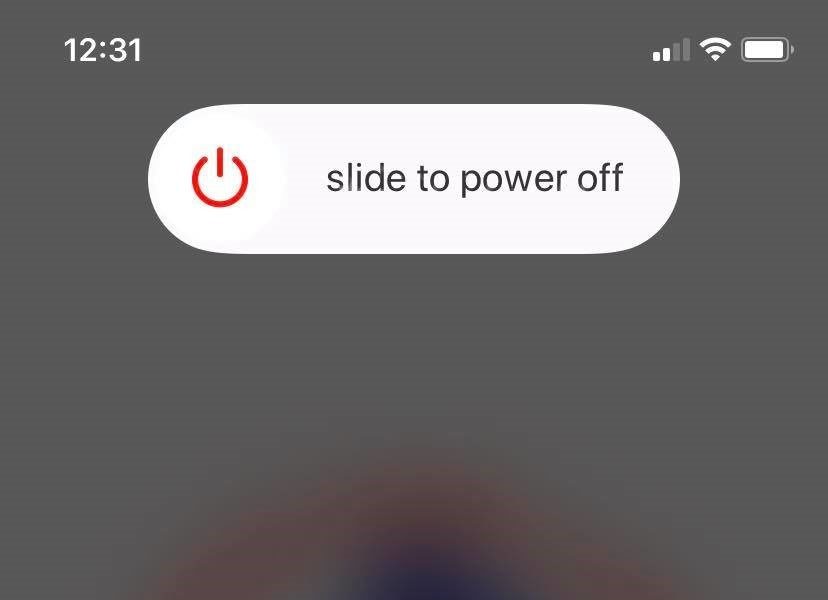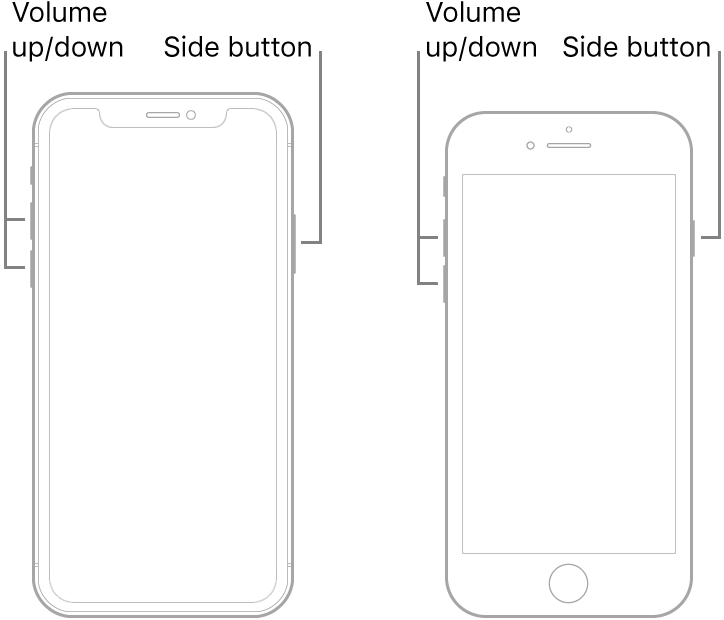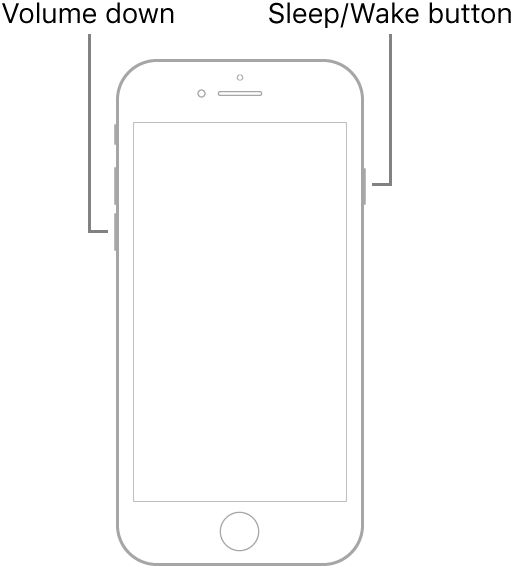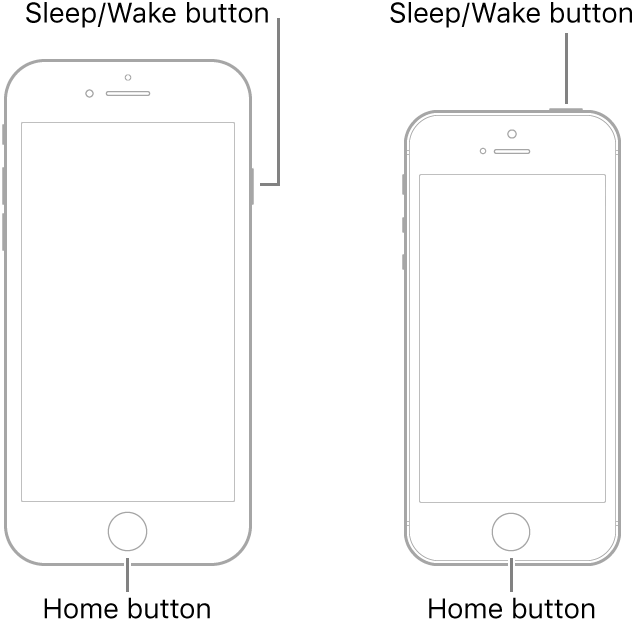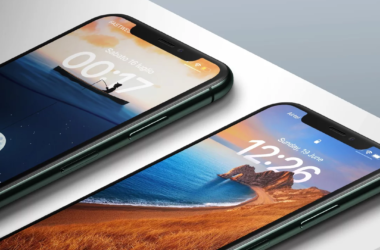Wondering about the difference between a normal restart and a force restart?
A force restart is a common and prevalent fix for software problems on iPhones. Even for us, at Saint, we’ve used this method a few dozen times before. In fact, force restarting is supposedly a better way to reboot your phone. But is this true?
The new iOS 14 came with a lot of bugs and glitches. If you take a look at Apple’s discussion board, you’ll know what we mean. Users have reported a ton of software problems. Restarting your device is always a good first step at fixing anything. But according to some articles, a force restart does a better job.
Here at Saint, we try to make sure our readers are given tech solutions, as well as being educated on their technology. Following a couple of steps might fix your problem, but learning why it works will help you understand how to fix other issues in the future.
In this article, we will be discussing the difference between a normal restart and a force restart. We’ll also cover the importance of restarting your device, and debunk any misleading information.
Let’s get started!
- 1. Why Should I Restart My Phone?
- 2. What’s the Difference Between a Normal Restart and A Force Restart?
- 3. How to Normal Restart Your iPhone.
- 4. How to Force Restart Your iPhone.
Why Should I Restart My Phone?
It doesn’t matter if you’re having a problem with your iPhone, laptop, or your TV. We’ve all heard this question:
“Have you tried restarting your device?”.
Software issues are often caused by malfunctioning code. These can be common errors like infinite loops, wrong catchers, and so on. When your code malfunctions, especially with an app, an easy fix is to terminate the problematic program.
Deleting or terminating the app’s instance will delete all running code from your phone’s RAM. When you open the program again, the code runs like normal and is fixed. This is essentially why restarting your device can fix most software errors.
When you restart your device, not only are your apps rebooted but so is your iPhone’s operating system.
The key factor here is rebooting your iOS. If your operating system encounters a bug, restarting is the only way of terminating that process and booting it again.
This fix resolves most software issues on your device. Hopefully, this short explanation will give a new meaning to the phrase “Have you tried turning it off and on?”.
What’s the Difference Between a Normal Restart and A Force Restart?
A conventional restart will turn off all software applications and the operating system, respectively. This is a systematic process that makes sure all your programs are closed before your operating system. Any background processes will save and exit securely.
Now, contrary to a lot of other articles, a force restart does not reset your phone “more” than the conventional way. Force restarting your device will deliberately cut off the power from your phone’s battery to its hardware. This will cause your phone to lose power and shut down.
The problem with this method is not rooted in what it can do, but in how it’s sold as a tech fix. It’s very common to find articles online that like to sell force restarting as a “better way” to restart your phone. In reality, this is completely false.
Since this is abrupt, all background processes and third-party applications will be terminated without notice. This can cause unsaved or corrupted files on your system. These files are potentially hazardous to your device.
So why would Apple have this as an option for your phone? Force restarting is a feature that was added as a way to reset your device on the hardware level. You can see this in action on the original iPhone 2G.
Whenever your phone freezes or hangs, your screen is no longer responsive. This can stop you from turning off your phone the normal way, which is by dragging the ‘slide to power off’ slider to the right.
Force restarting your iPhone will cut off the power and force it to reboot. When it turns on, your phone will boot up all software processes like normal. Therefore, there is no difference between a normal restart and a force restart when it comes to your software. The only difference between each method is how your power gets cut.
You can visualize force restarting your phone as something like unplugging your PC to power it off. It’s completely unnecessary. You don’t need to force restart your phone while it’s responsive. In cases with a frozen screen, a force restart would be the only way to reboot your device.
How to Normal Restart Your iPhone.
If you’re confused between both force and normal restarts, then you’re probably familiar with the latter. A normal or conventional restart is the most common way of restarting your phone. Chances are, if this isn’t your first time with an iPhone, then you know how to do this already.
Here’s how you can perform a normal restart on your phone.
- First, press and hold down on the power button of your device. This should be located on the right side of your iPhone.
- Next, a slider that says ‘Slide to power off’ should appear on your screen. Drag this to the right and your phone will power down.
- Finally, wait for a couple of seconds and hold down the power button again. Do this until you hear an audio cue or see the Apple logo on your screen.
Congratulations! You’ve successfully restarted your device. If you are experiencing any software issues, this will fix most problems on your phone.
How to Force Restart Your iPhone.
Now, let’s go over how to do the “better” restart. Don’t get us wrong, force restarts are incredibly useful and effective. If your device freezes or hangs, the only way to get it back to running normally is by forcefully restarting your iPhone.
Force restarting your phone is a hardware-level reset. Your phone’s battery will physically stop connecting to your phone, just to shut it off. This means that depending on the model of your phone, the process of doing so may be different. Below, we’ve listed down how you can force restart your phone on all types of iPhone models.
Here’s how you can forcefully restart second-generation iPhones (8, 8 Plus, SE, and so on):
- Start by pressing and quickly releasing your phone’s volume up button.
- Next, repeat this step for the volume down button.
- Finally, press and hold the power button till your phone shuts down. Wait for the Apple logo to appear before releasing the power button.
Here’re the steps to force restart iPhone 7 and 7 Plus:
- First, hold down the power and volume down button at the same time. Your iPhone should shut down.
- Lastly, wait for the Apple logo before releasing both buttons.
Here’re the steps to forcefully restart first-generation iPhones (6, 6s, 6s Plus, SE):
- Begin by holding down the power and home button simultaneously. This will shut down your iPhone.
- Finish by waiting for the Apple logo to appear on your screen before releasing both buttons.
That wraps up this article about different ways to restart your iPhone. Hopefully, we’ve answered your question regarding ‘the difference between a restart and a force restart’. If you learned something new, send this to your friends! You might be surprised by how they’ll react.
Next time someone tells you to force restart your phone, you can link them to this article or educate them yourself! If you have any questions, feel free to leave a comment down below. You can also share your thoughts with our other readers!
If this guide helped you, please share it. 🙂





